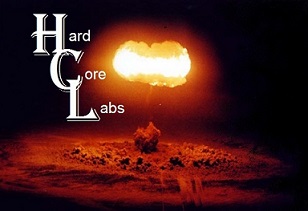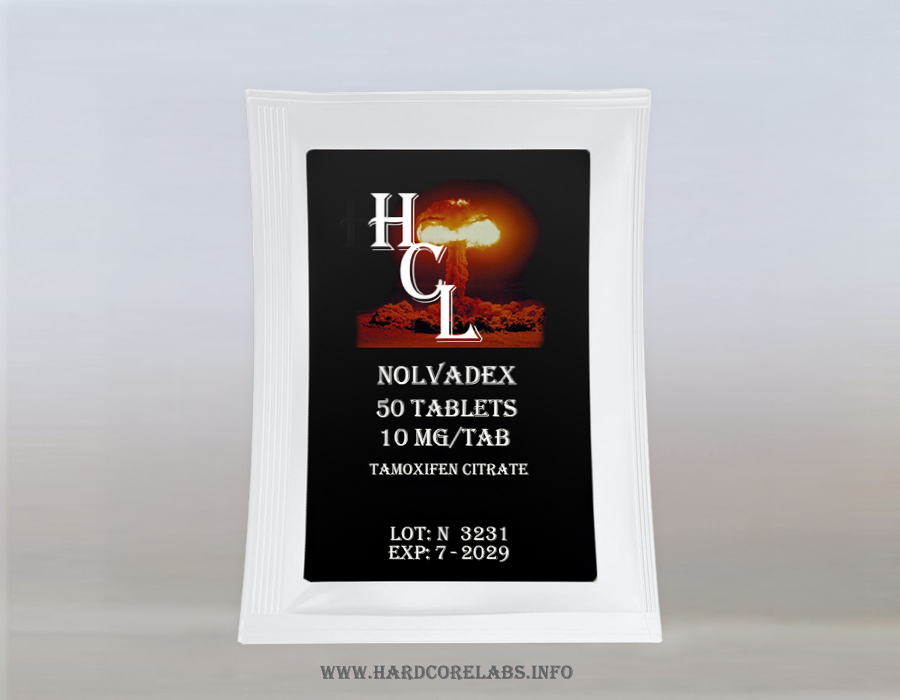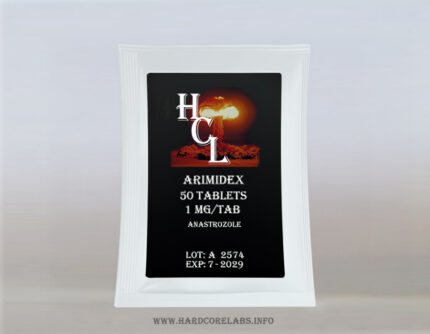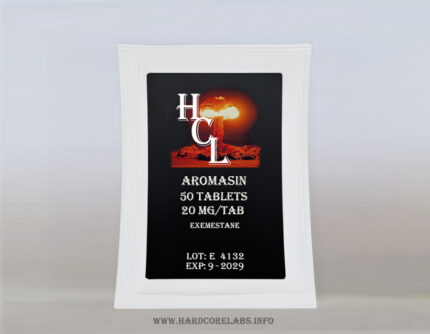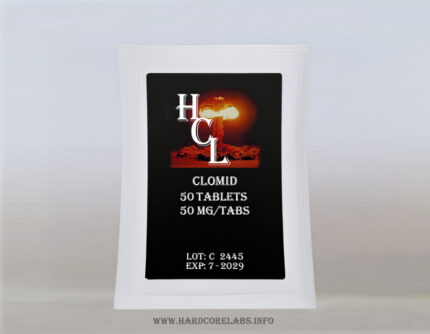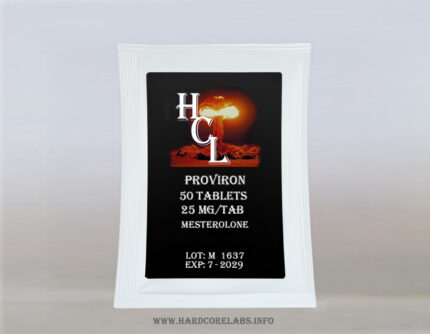Nolvadex
Nolvadex also known as Tamoxifen, was originally developed and approved for use in the treatment and prevention of estrogen receptor-positive breast cancer. Its mechanism of action is that of a selective estrogen receptor modulator, or SERM, which means it blocks the effects of estrogen in some tissues while allowing or even promoting estrogenic action in others. In the medical field, it exerts anti-estrogenic effects in breast tissue, which is why it remains a cornerstone treatment in estrogen-driven cancers. In the context of bodybuilding and anabolic steroid use, however, tamoxifen plays an entirely different and highly strategic role, functioning as both a preventive and restorative agent within the hormonal environment manipulated by performance-enhancing drugs.
In bodybuilding, nolvadex is most frequently employed for two primary purposes. The first is during cycles that involve aromatizable androgens—typically testosterone, Dianabol, or other compounds that convert to estrogen via the aromatase enzyme. As these synthetic hormones elevate serum testosterone levels far beyond natural physiological limits, a significant portion of that testosterone is aromatized into estradiol. This spike in estrogen can trigger unwanted effects such as gynecomastia, the growth of glandular breast tissue in males, which often begins with itchiness or sensitivity around the nipples and, if left unchecked, can develop into visible tissue formation. Tamoxifen’s role here is preventive: by blocking the estrogen receptor in breast tissue, it effectively shields that area from the proliferative effects of estradiol. While it does not lower estrogen levels systemically like aromatase inhibitors do, it can prevent the expression of estrogenic side effects in targeted tissues, particularly the chest.
The second major application of tamoxifen is during post-cycle therapy. After an anabolic steroid cycle, the body’s natural production of testosterone is typically suppressed or even shut down due to negative feedback mechanisms at the hypothalamic-pituitary-gonadal axis. This suppression can leave the user in a hypogonadal state—low testosterone, elevated estrogen, poor libido, fatigue, and a catabolic environment conducive to muscle loss. Tamoxifen intervenes by blocking estrogen receptors in the hypothalamus and pituitary gland, thereby preventing estrogen from sending its inhibitory signal. The result is a perceived lack of estrogen in the brain, which causes the hypothalamus to release more gonadotropin-releasing hormone. This, in turn, stimulates the pituitary to produce luteinizing hormone and follicle-stimulating hormone, both of which are essential for restarting the production of endogenous testosterone and the restoration of normal testicular function.
Compared to other SERMs such as Clomid, nolvadex is often considered smoother in terms of side effect profile and mood impact, making it a popular choice either as a standalone compound in post-cycle recovery or in conjunction with Clomid to maximize gonadotropin output. While Clomid may provoke a more aggressive stimulation of LH and FSH, tamoxifen is typically better tolerated over the course of a multi-week PCT protocol, especially among those sensitive to the emotional fluctuations associated with abrupt hormonal changes. Because of this, many users prefer to initiate PCT with Clomid and taper off with tamoxifen, or run tamoxifen consistently throughout a four-to-six-week recovery window.
Nolvadex can also be employed reactively during a cycle if signs of gynecomastia begin to appear. In such cases, it is introduced at a moderate dose—often 20 to 40 milligrams per day—to halt further tissue proliferation and mitigate the estrogenic response. While it does not lower circulating estrogen, it can act as a shield in target tissues and allow the user to continue the cycle without interruption, particularly if a full aromatase inhibitor is not on hand or deemed unnecessary. In advanced users or those who are particularly estrogen-sensitive, tamoxifen is sometimes kept on hand specifically for this emergency use, even if the cycle itself is managed with aromatase inhibitors or other preventative strategies.
In addition to its role in gynecomastia prevention and testosterone recovery, tamoxifen may contribute indirectly to a more favorable body composition during recovery phases. By increasing LH and FSH output, it helps to restore natural testosterone production, which supports muscle preservation and fat metabolism. While it does not act as a performance enhancer on its own, its effect on the endocrine system during PCT makes it a vital component in preserving gains made during a cycle. The hormonal balance it helps restore is critical to holding onto lean mass, avoiding mood crashes, and ensuring that libido, drive, and mental clarity return to baseline levels as quickly as possible.
Nolvadex has also been used by some bodybuilders for long-term maintenance purposes in low doses, particularly in cases where testicular atrophy has occurred or fertility needs to be preserved while using long-term testosterone replacement or cruising between cycles. In this context, it is used sparingly to maintain gonadotropin stimulation and prevent the complete dormancy of endogenous hormone production. While not a universally adopted strategy, this type of low-dose SERM use reflects a more nuanced understanding of the body’s feedback loops and the ways in which exogenous hormones can be balanced by selective stimulation.
While tamoxifen’s function is generally considered milder than that of aromatase inhibitors, and less directly stimulative than Clomid, its importance in the structure of a complete cycle and recovery plan cannot be overstated. It is often the bridge between suppression and stability, between the synthetic peak and the natural baseline. It facilitates recovery not by force, but by redirection—turning off the estrogenic brakes that slow down the engine of testosterone production, allowing the pituitary and hypothalamus to resume their natural signaling rhythms. As such, it holds a foundational role in post-cycle therapy and is one of the most widely used and trusted compounds for ensuring a successful return to endogenous hormonal health after enhanced performance phases.
